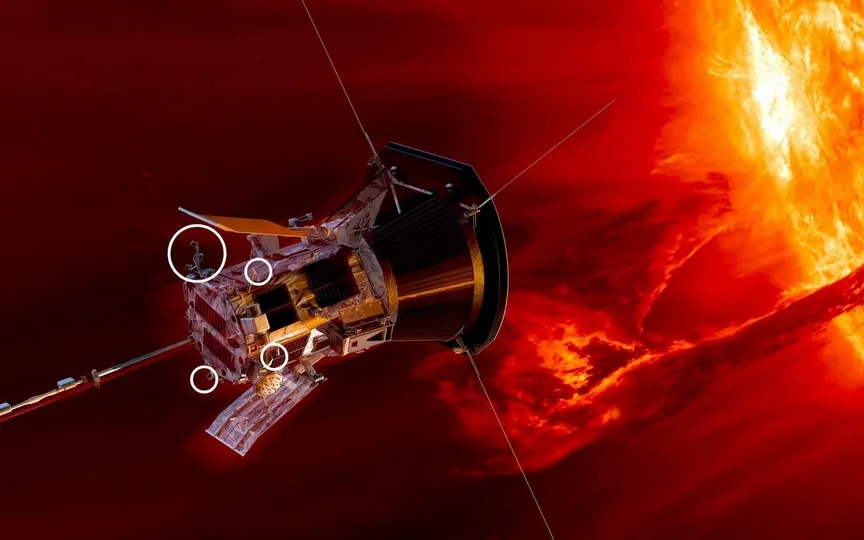NASA Parker Solar Probe Enters Risky CME Whirlwind
Solar activity has been increasing significantly, resulting in frequent solar storms that are affecting not only Earth but also other celestial bodies. Recently, NASA released alarming footage of the Parker Solar Probe navigating through a powerful coronal mass ejection (CME) cloud. This marked the first time the spacecraft had encountered such a challenging situation, but fortunately, it emerged unharmed and gathered valuable data in the process. However, it is important to note that these events can cause severe damage to satellites and spacecraft. With ISRO’s Aditya-L1 mission spacecraft set to reach its destination at Lagrange 1 point in four months for solar observation, there is concern that it may face a similar fate.
According to a NASA blog post, “On September 5, 2022, NASA’s Parker Solar Probe gracefully ascended through one of the most powerful coronal mass ejections (CMEs) of all time—not only an impressive feat of engineering, but a tremendous boon to the scientific community.” It further added that interactions with CMEs have revealed important information about space weather, with results published in The Astrophysical Journal. You can watch haunting footage of the Parker Solar Probe passing through the CME.
The Parker Solar Probe flies through the CME
The Parker Solar Probe was launched in 2018 to observe the Sun’s outer corona. This was done primarily for two reasons – first, to understand whether CMEs can interact with planetary dust around our star and transport it outward, and to better predict space weather. The latter was considered an important task given its impact on the planet, satellites and humanity.
“CMEs are massive eruptions in the Sun’s outer atmosphere, or corona, that help control space weather, which can endanger satellites, disrupt communications and navigation technology, and even knock out power grids on Earth. More information about how these events interact with interplanetary dust could help scientists better predict how quickly a CME ‘s could travel from the Sun to Earth and predict when the planet might see their impact,” NASA said.
The NASA spacecraft confirmed the movement of planetary dust, noting that this CME in particular was able to dislodge dust 6 million kilometers away. This is the first time we have received confirmation of this theory, as it is difficult to measure the movement of dust from a distance.
It remains to be seen how NASA will use the data to further improve space weather forecasting.
Can the Aditya-L1 mission suffer the same fate?
Aditya-L1, ISRO’s first project to understand solar storms and other solar functions, is on its way to the Lagrange 1 point, where it will reside and observe the Sun. It takes about four months for the spacecraft to arrive at its destination. However, when it gets there, it will be just in time to observe the Sun reaching the peak of its solar cycle, when solar activity is at its highest.
There are some fears that a CME may also hit Aditya-L1, but there are two factors that may favor the ISRO spacecraft in surviving such an event. First, unlike Parker Solar Probe, which is built to go very close to the Sun at a distance of 6.9 million kilometers from its surface, Aditya-L1 is placed very far away. It is only 1.5 million kilometers from Earth. Second, the spacecraft is reinforced with special alloys and materials to protect it from all space-related hazards such as extreme radiation, CME clouds, and more.




